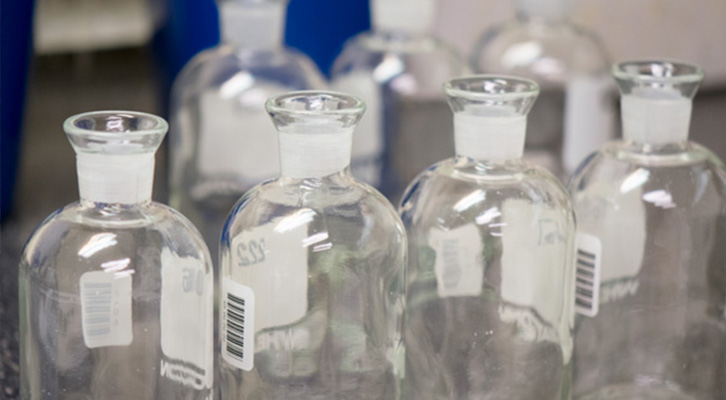Running the Biochemical Oxygen Demand (BOD) Test
The biochemical oxygen demand (BOD) test is a measurement of the quantity of oxygen required by bacteria to biologically oxidize organic material under aerobic conditions. The BOD test result is expressed in mg/L but can be calculated as lbs/day to express loading to a wastewater treatment plant (WWTP) or to a receiving water body. The organic matter serves as food for the bacteria and the cell receives energy from the oxidation of this organic matter. By measuring the amount of oxygen consumed by the bacteria during the BOD test, the amount of BOD, often referred to as the food for the bacteria, can be calculated for a given sample.
BOD testing can be separated into three measurable categories: total BOD (tBOD), soluble BOD (sBOD), and carbonaceous BOD (cBOD). The tBOD measures all biodegradable material in the sample. The sBOD measures the dissolved biodegradable material in the sample. The cBOD measures the amount of oxygen required by bacteria to biologically oxide the carbonaceous fraction of organics and removes oxygen consumption attributable to nitrification.
